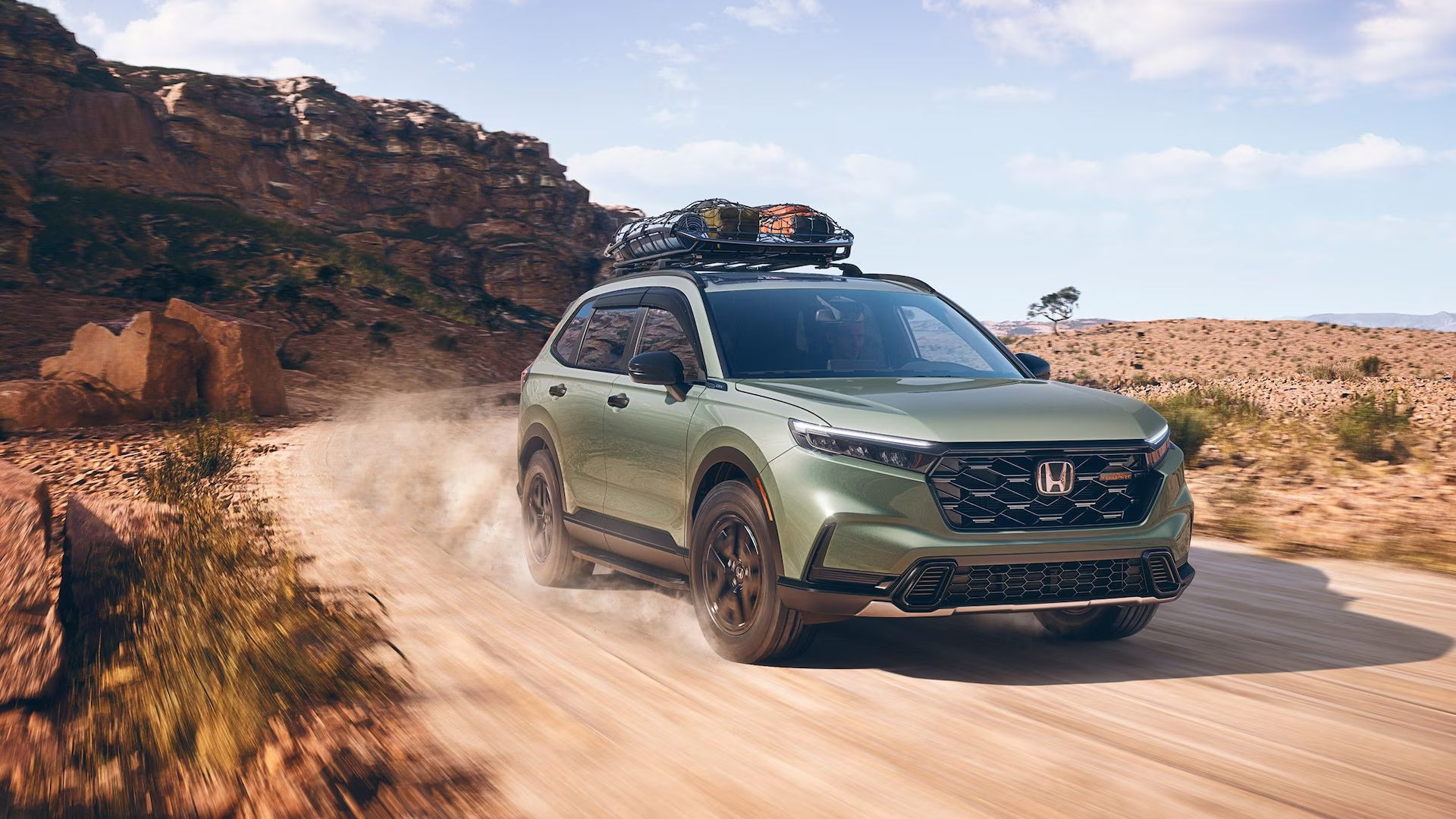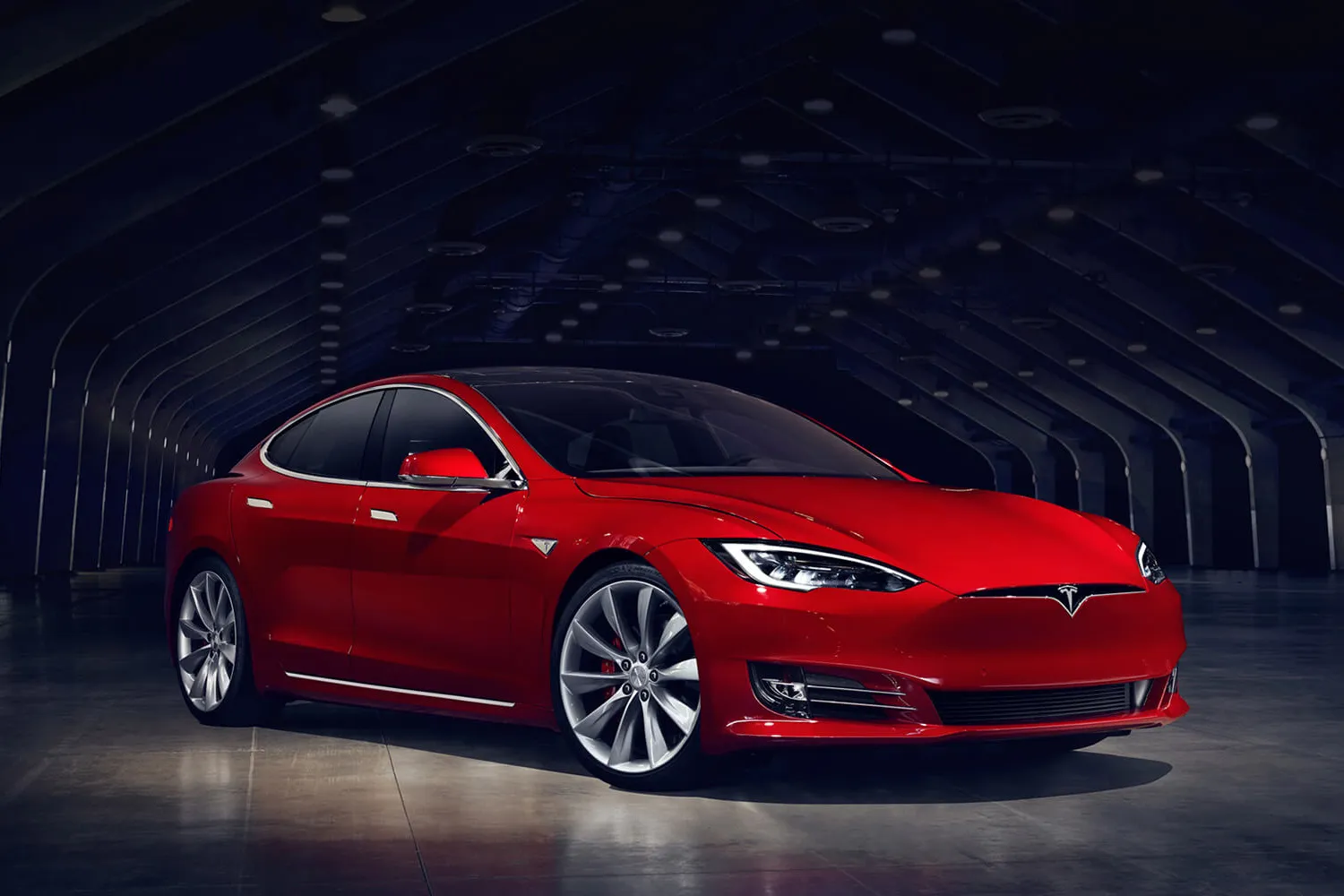The electric vehicle (EV) market has never been more exciting than it is today. By 2026, automakers across the globe are rolling out models that address some of the biggest concerns drivers have had about EVs: range, charging, affordability, and utility. Whether you’re shopping for a budget-friendly family car, a tech-loaded luxury sedan, or a heavy-duty pickup truck, the choices in 2026 are stronger than ever.
This article breaks down the top EV picks of 2026, explains why each one stands out, and provides insights into the growing EV landscape. If you’ve been waiting for the right time to make the switch to electric, 2026 may be the year that tips the scales.
Value EV — Chevrolet Equinox EV
The Chevrolet Equinox EV represents one of the most affordable and practical entry points into the EV world. With a base price below $35,000, Chevrolet is aiming to put EVs within reach of middle-class households.
Range: Base models are expected to exceed 300 miles per charge, which is more than enough for most daily driving and occasional trips.
Performance: Buyers can opt for dual-motor all-wheel drive models that deliver extra power, although this slightly reduces range.
Features: Even in the entry trim, Chevrolet has packed in essentials like adaptive cruise control, a touchscreen infotainment system, and automatic climate control.
Why it’s a top pick: The Equinox EV balances affordability, practicality, and strong range—qualities that many first-time EV buyers prioritize. It’s designed to compete with mass-market gasoline SUVs and win.
Potential drawback: Higher trims with AWD and additional features may quickly push the price into more premium territory.
2-Row SUV — Hyundai Ioniq 5
Hyundai’s Ioniq 5 has quickly become a benchmark for modern EV SUVs, and the 2026 model refines an already strong package.
Design: With its sharp angles, pixelated lighting, and futuristic design, it stands out in the crowded crossover space.
Comfort: Wide cabin, comfortable seating, and simple, user-friendly controls make it driver-friendly.
Charging: Thanks to its 800-volt architecture, the Ioniq 5 supports ultrafast DC charging—up to 10% to 80% in under 20 minutes in ideal conditions.
Range: Depending on the trim, it offers between 260 and 300+ miles, which is competitive for its class.
Why it’s a top pick: It provides a near-luxury feel at a mid-market price point, plus excellent charging performance for road trips.
Potential drawback: Rear visibility and cargo capacity may be tighter than some rivals in the same class.
3-Row SUV — Kia EV9
For families and larger households, Kia’s EV9 brings electric power to the full-size SUV segment.
Space: Three rows of seats make this one of the few EVs capable of comfortably carrying six or seven passengers.
Utility: With seats folded, the EV9 has substantial cargo space, making it family-friendly and road-trip ready.
Charging: Like the Ioniq 5, it uses 800-volt charging architecture for rapid replenishment.
Performance: AWD trims offer extra power, while still keeping the range around 300 miles depending on configuration.
Why it’s a top pick: It provides genuine three-row capacity without sacrificing too much range or charging speed—something few EVs currently offer.
Potential drawback: Larger size means higher price and less maneuverability in tight urban environments.
Electric Car / Sedan — Hyundai Ioniq 6
Sedan lovers aren’t left out of the EV revolution, and the Ioniq 6 makes a strong case for sticking with a car rather than an SUV.
Efficiency: With its streamlined design and low drag coefficient, the Ioniq 6 can achieve over 340 miles of range in certain trims.
Performance: Quick acceleration and precise handling give it a sporty edge compared to bulkier EV SUVs.
Interior: A modern, high-tech cabin with dual screens and minimalist styling gives it a futuristic feel.
Why it’s a top pick: If you want an EV that’s efficient, sleek, and highway-friendly, the Ioniq 6 fits the bill.
Potential drawback: Rear headroom is somewhat cramped due to the sloping roofline.
Luxury EV — Lucid Air
The Lucid Air continues to redefine what’s possible in the EV luxury space.
Range: Some trims boast over 500 miles per charge, the highest range of any production EV in 2026.
Performance: Lightning-fast acceleration with 0-60 mph in under 3 seconds for performance trims.
Interior: Crafted with high-quality materials, advanced driver-assist technology, and expansive digital displays.
Status: Positioned as a direct competitor to Tesla’s Model S and traditional luxury sedans like the Mercedes-Benz EQS.
Why it’s a top pick: It blends range, technology, and luxury in a way few cars can.
Potential drawback: The price is steep, putting it out of reach for most buyers.
EV Pickup Truck — Chevrolet Silverado EV
Pickup trucks are an important part of the U.S. auto market, and the Silverado EV is Chevrolet’s answer for drivers who want capability without gas.
Range: Certain trims promise close to 500 miles per charge—massive for a vehicle this size.
Utility: Offers strong towing and payload capacity, making it practical for work and recreation.
Tech: Large digital displays, customizable storage, and off-road trims give it broad appeal.
Charging: Ultrafast charging available for quick top-ups during long hauls.
Why it’s a top pick: It brings EV technology into the mainstream truck market, combining utility with cutting-edge performance.
Potential drawback: Large size may not suit city driving, and premium trims will be costly.
Key Trends in the 2026 EV Market
Looking across these picks, several major trends emerge.
- Range anxiety is fading: Most new EVs easily deliver 250–500 miles per charge.
- Fast charging is the new normal: 800-volt systems are making long-distance EV travel more practical.
- Affordability is improving: More sub-$40,000 EVs are hitting the market, including crossovers and SUVs.
- Luxury brands are pushing boundaries: High-end EVs are setting new benchmarks for performance and prestige.
- Diversity of models: From compact sedans to massive pickups, the EV market now has an option for nearly every type of driver.
Final Thoughts
The EV picks of 2026 show just how far the industry has come in a short time. Whether you’re searching for affordability, luxury, family-friendly space, or rugged utility, there’s now a compelling electric option to fit the need. Buyers should still weigh factors like charging access, incentives, and driving habits, but the bottom line is this: 2026 is the year EVs truly go mainstream.



